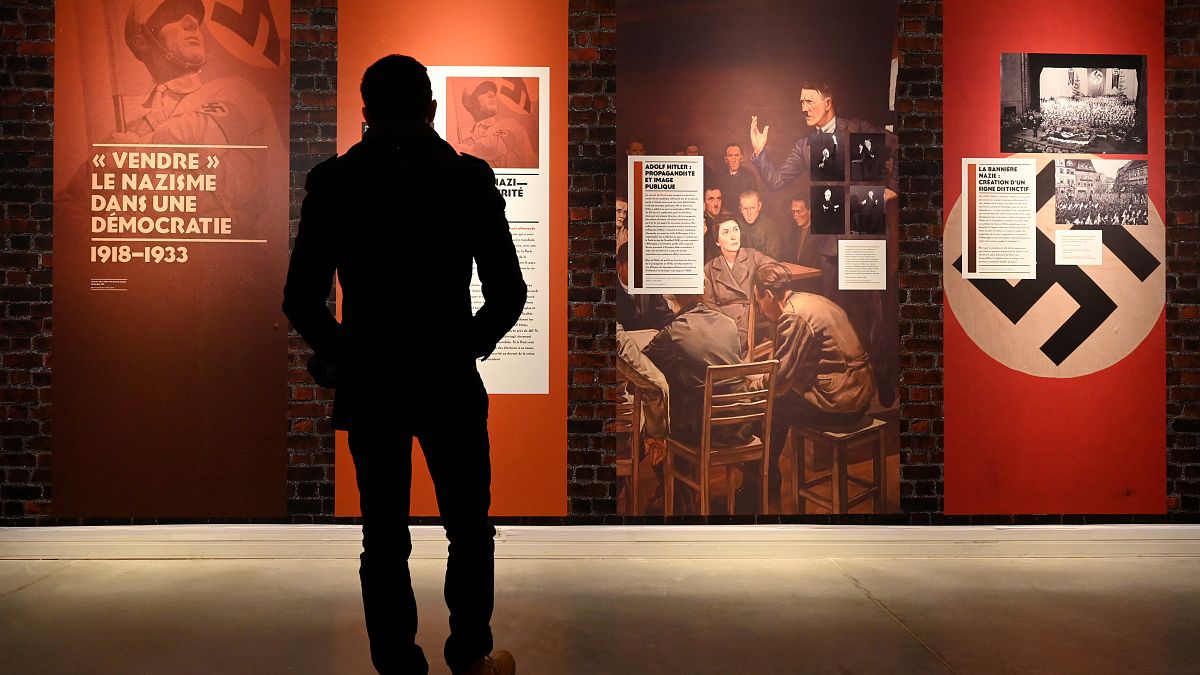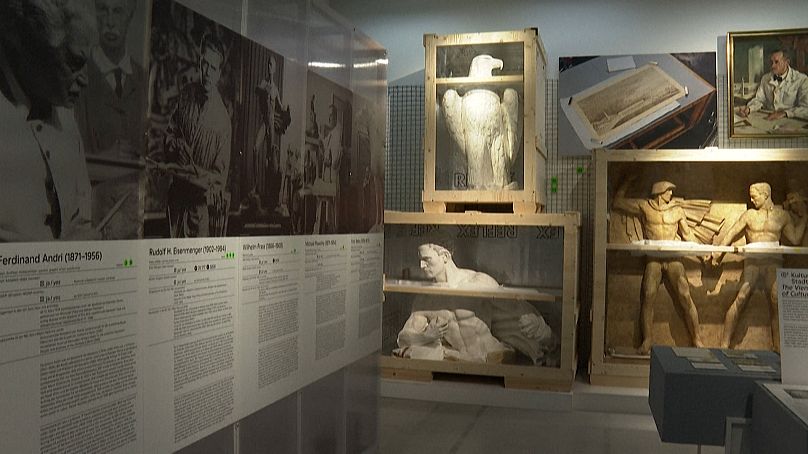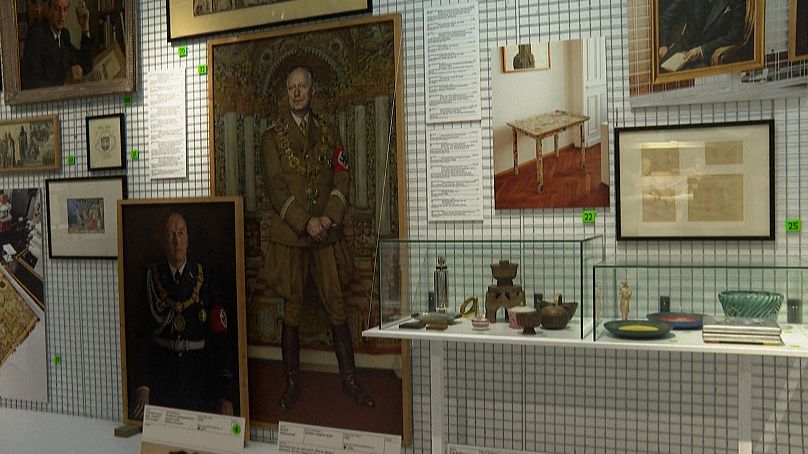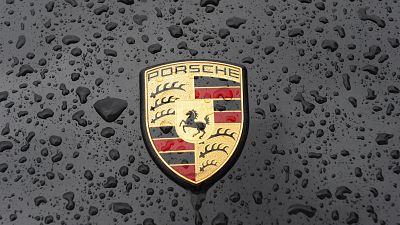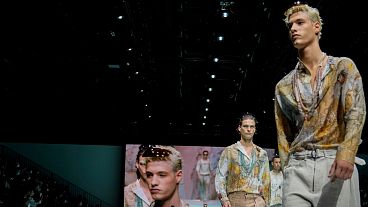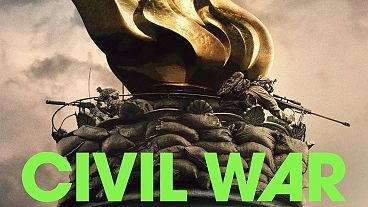Vienna examines its WWII legacy with exhibition of art created under Nazi regime
In Vienna's MUSA, the exhibition aims to shed light on the politics of art under the Third Reich.
Austria, the birthplace of Adolf Hitler, long cast itself as a victim after being annexed by Nazi Germany. Only in the past three decades has the country begun to examine seriously its role in the Holocaust.
Cut to 2022 and an exhibition in Austria's capital.
A woven swastika tapestry, Nazi flags, and paintings of German military officers from World War II.
In Vienna Museum MUSA, these Nazi themed-pieces are aiming to shed light on the politics of art under the Third Reich, one of the latest ways in which Vienna is seeking to address its complicated war-era past.
The exhibit's curators are hoping their research will help in that process but they have been careful not to give the artworks too much of an "aura".
The exhibition called "Vienna Falls in Line. The Politics of Art under National Socialism" is part of a broader trend of reconciling with an ugly chapter of Austrian history.
Austria had a Jewish population of 200,000 before Nazi Germany annexed the country in 1938. More than 65,000 of them were killed in the Holocaust, which exterminated six million Jews.
Political dissidents and Jewish artists were barred
Instead of being displayed on the museum's large walls, the works are packed into just two rooms, as if in a warehouse.
"This can't be like other exhibitions in the classical sense... it had to be broken up," says curator Ingrid Holzschuh.
"Under this (Nazi) art policy, institutions and artists were promoted, and of course, after 1945 they also significantly participated in the art policy and above all institutions, which also continued to work. In order to understand these things, it is essential to include the period of National Socialism in art history."
The show came about after four years of research by Holzschuh and fellow curator Sabine Plakolm-Forsthuber, who combed through the membership files of 3,000 artists who officially belonged to the Reich's artistic association after the Nazi annexation.
The artists were all carefully vetted and closely watched, Jewish artists were barred.
Under the regime, Viennese artists who did not comply with the new rules were forced to flee or murdered in concentration camps, according to the show's catalogue.
This exhibition is not the only way the city is confronting its complex wartime legacy.
Vienna recently said it would launch an art competition to contextualise a statue of the anti-Semitic former mayor Karl Lueger who inspired Hitler, which has been defaced several times.
The city has also re-assessed street names honouring anti-Semitic or otherwise tainted historical figures -- most recently galvanised by the Black Lives Matter movement and protests around historical monuments.
The exhibition runs until Apr 24, 2022.
